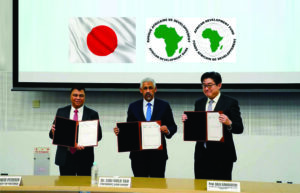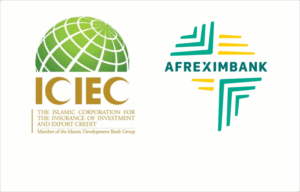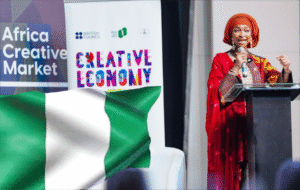Nigeria’s Creative Industry Roadmap Report: Charting a New Course to Unlock Jobs and Investment

Nigeria has unveiled a landmark sector-wide mapping report designed to steer investment and policy in its fast-growing creative economy, an industry recognized for its cultural influence/export, still grappling with structural bottlenecks. Launched at the just concluded Creative Industries Economic Coordination and Investment Summit, the report offers the most detailed blueprint for transforming creativity into large-scale economic opportunity under the government’s Renewed Hope Agenda. Targeting creating two million new jobs by 2030.
The document maps the breadth and depth of Nigeria’s creative sectors, covering film, music, fashion/craftsmanship, digital content, gaming, performing arts, visual/creative arts and an immersive creative-technologies. It outlines how they can evolve from globally admired cultural exports into robust engines of national development. In respect of millions of young Nigerians, whose talents already shape African and global pop culture, the initiative proffers a prospect in recognizing creative work as serious economic enterprise. Taking a data-driven portrait of the Nigeria creative market.

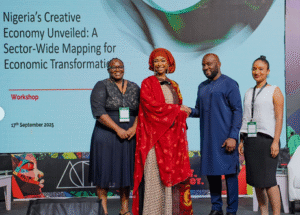
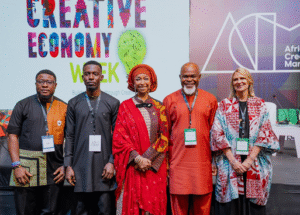
At the centre of the initiative is a detailed analysis of value chains, production clusters and interdependent sub-sectors. The report identifies where growth is happening, where opportunities remain untapped and where the lack of infrastructure lies. A new digital data decision-support tool, which will offer nitty-gritty insights to help stakeholders, foreign would-be partners, entrepreneurs and investors interestingly navigate a sector that is evolving faster, is designed in place with this scheme. To coordinate business pathways for investment ventures into the Nigeria creative industry.
Further than cultural significance, the document serves as a strategic investment roadmap. It highlights areas where private capital could have immediate impact, such as credit facilities for filmmakers, manufacturers, export capacity for fashion designers, amongst other creative talent pipelines. Proposals like the creation of a Creative Economy Development Fund, shows government interest to reduce sector volatility, build investors’ confidence and formalize an industry that has thrived despite limited structural support.
Sociopolitically, the report aligns with the Tinubu administration’s broader economic diversification agenda, aiming to reduce dependence on oil by scaling other sectors. In which Nigerians are already demonstrating global competitiveness. Furthermore, the initiative also speaks directly to the country’s demographic reality of a huge youth population, hungry for work and open to careers beyond traditional sectors. With youth unemployment obstinately growing high, this creative-economic sector’s promise of flexible and digital-driven work generator, could be viewed as a national lifeline.

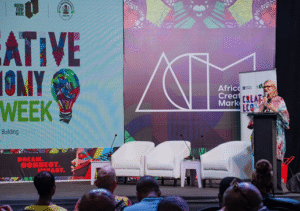
On the cultural front, the mapping report exercise outline Nigeria’s rising soft power. Nollywood, Afrobeats, the fashion-craftsmanship scenes/exports, etc., already influence global trends. The challenge now is converting creative-craftscience productivity into sustainable economic returns.
Integrating creative infrastructure into cultural districts, innovation hubs, manufacturing communities and performance venues, the Nigerian government would be promoting an understanding that creative-cultural expression, is a multilateral effort that goes beyond entertainment to becoming a diplomatic tool, identity-building and international competitiveness.
The Federal Ministry of Art, Culture, Tourism and the Creative Economy, Nigeria Bureau of Statistics, Nigeria Economic Summit Group, Agence Française de Développement (AFD, Mastercard Foundation and British Council, all form the partnership community that birthed this development. Representing how cross-cutting the ambitions toward reshaping the Nigerian creative industry is evolving indepthly. Their collaboration suggests a growing international confidence in Nigeria’s creative potential; and a support that innovation ecosystems thrive on coordinated policy, marrying reliable data, with long-term investment.
![]()
As Nigeria looks in the direction of 2030, the mapping report stands as a call to action and national statement of intent. Noting: creativity is a cultural expression of strategic economic frontier, capable of reshaping Nigerian lives and Nigeria’s global standing.


